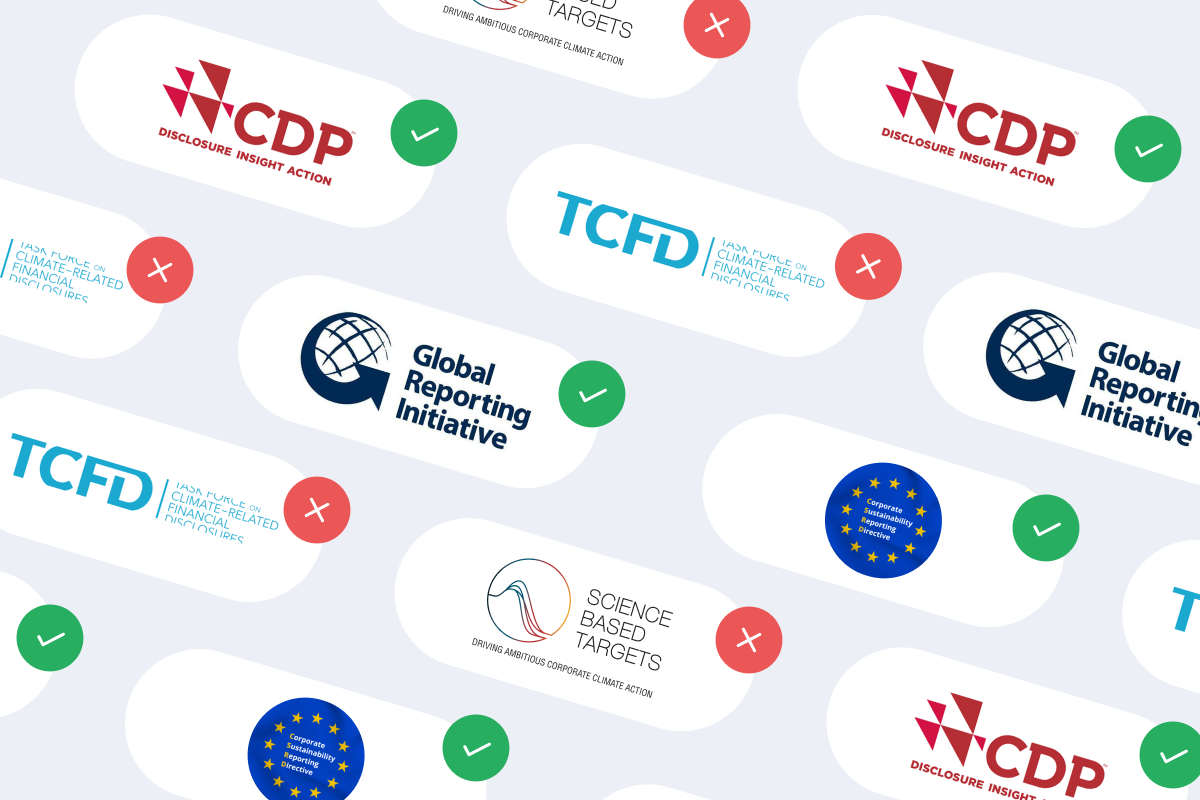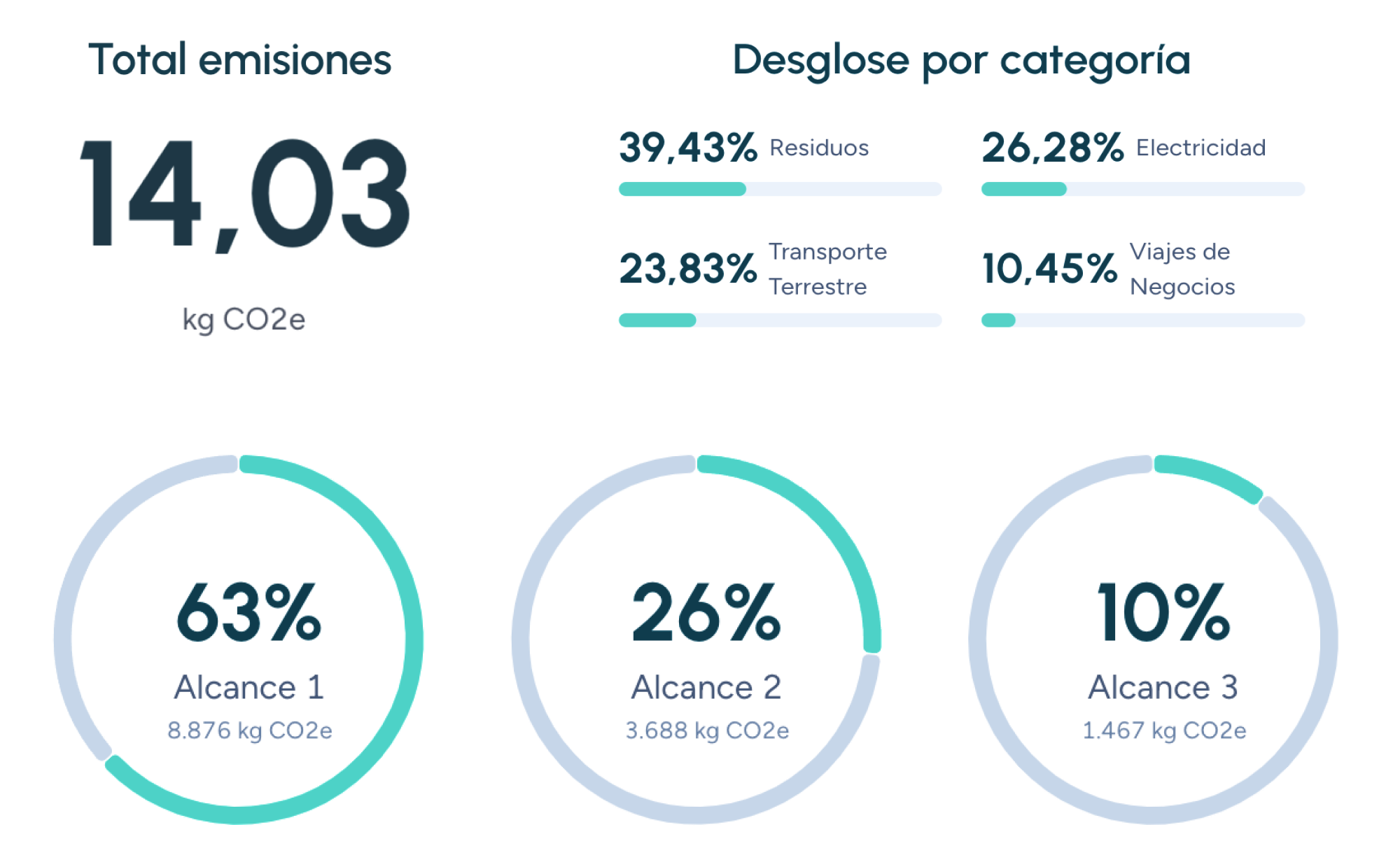T
TCFD (Task Force on Climate-Related Financial Disclosures)
Climate change is one of the greatest global challenges of our time, and businesses play a crucial role in mitigation efforts. In this context, the Task Force on Climate-related Financial Disclosures (TCFD) has emerged as a key international initiative aimed at improving transparency and climate risk management.
What is TCFD?
The Task Force on Climate-related Financial Disclosures (TCFD) was established in 2015 by the Financial Stability Board (FSB). Its primary goal is to develop a framework of recommendations that guide companies in disclosing financial information related to climate risks and opportunities.
These recommendations are designed to provide investors, lenders, and other stakeholders with consistent and comparable information on how companies manage climate risks. By doing so, the TCFD aims to support the economic transition toward more sustainable and resilient models.
The importance of TCFD in the fight against climate change
Climate change is not just an environmental issue; it also represents a significant financial risk. Companies that fail to manage these risks effectively may face economic losses, reputational damage, and difficulties accessing financing.
This is where TCFD plays a fundamental role, helping organizations to:
- Identify and assess climate-related risks and opportunities.
- Integrate climate considerations into business strategy and decision-making.
- Communicate climate performance transparently to investors and stakeholders.
The four key areas of TCFD
The TCFD recommendations are structured around four core areas that cover governance, strategy, risk management, and metrics & targets.
1. Governance
The TCFD emphasizes the importance of governance in climate risk management. This includes:
- Board oversight of climate-related issues.
- Senior management involvement in planning and executing climate strategies.
Companies must detail how climate-related decisions are made and the roles and responsibilities of leadership in this area.
2. Strategy
Companies are expected to identify climate-related risks and opportunities that could impact operations, revenue, and business models.
Additionally, they must evaluate how these factors may influence financial performance in the short, medium, and long term.
For example, a company may analyze:
- How rising temperatures could affect supply chains.
- How decarbonization policies might increase operational costs.
3. Risk management
Climate risk management is another key pillar of TCFD. Companies must:
- Describe the processes used to identify, assess, and manage climate risks.
- Address physical risks (such as extreme weather events).
- Consider transition risks, including regulatory, technological, and market shifts.
4. Metrics and targets
TCFD recommends that companies disclose:
- The metrics used to evaluate climate risks and opportunities.
- Emission reduction targets and progress toward these goals.
- GHG emissions across all scopes (Scope 1, Scope 2, and Scope 3).
TCFD and carbon footprint measurement
Carbon footprint measurement is essential for complying with TCFD recommendations. By calculating GHG emissions, companies can:
- Identify areas for improvement.
- Set reduction targets.
- Report transparently on climate performance.
Additionally, the TCFD framework aligns with international standards such as the GHG Protocol, ensuring data consistency and comparability. This is particularly relevant for companies seeking environmental certifications or sustainable financing.
Benefits of implementing TCFD recommendations
Adopting TCFD recommendations helps mitigate climate risks and offers multiple business benefits:
- Enhanced reputation: Companies committed to sustainability are more valued by investors, consumers, and stakeholders.
- Improved access to financing: Investors increasingly prioritize climate-aligned businesses.
- Cost reduction: Identifying energy efficiency opportunities can lead to significant savings.
- Regulatory compliance: Climate regulations are evolving rapidly, and TCFD-aligned companies are better prepared to adapt.
Challenges in implementing TCFD
Despite its benefits, implementing TCFD recommendations can be challenging. Some common obstacles include:
- Data availability: Collecting accurate data on emissions and climate risks is complex, especially for companies with extensive supply chains.
- Technical expertise: Organizations need specialized knowledge and tools to analyze and report climate data.
- Initial costs: Implementing climate risk measurement and management systems requires significant investment.
The future of TCFD and its global impact
Since its creation, TCFD has gained widespread international recognition. In many countries, its recommendations are being adopted as the foundation for mandatory climate disclosure regulations.
For example:
- In the European Union, the Sustainable Finance Disclosure Regulation (SFDR) integrates TCFD principles.
- In Spain, laws like the Climate Change and Energy Transition Act align with TCFD goals.
Looking ahead, TCFD is expected to play a central role in the transition to a low-carbon economy, promoting transparency, accountability, and climate action across all sectors.
Manglai: Helping your business align with TCFD
TCFD provides an essential framework for climate risk management and corporate climate action. Through its recommendations, it encourages:
- Transparency in sustainability reporting.
- Accurate carbon footprint measurement.
- Climate risk integration into business strategy.
For organizations looking to align with TCFD, Manglai offers valuable tools to:
- Calculate emissions.
- Manage decarbonization projects.
- Generate auditable climate reports.
Adopting these practices not only benefits the environment but also strengthens corporate resilience and competitiveness in an ever-evolving global market.
Companies that trust us

AWARE (Available Water Remaining)
AWARE is a Life Cycle Assessment (LCA) characterisation method that weights the impact of water consumption according to the residual water availability in the local basin.
B Corp Certification
B Corp Certification is a global standard that validates companies for their commitment to sustainability and social responsibility, promoting practices that reduce carbon footprints and create a positive impact on society and the environment.
CBAM: EU Carbon Border Adjustment Mechanism
Analyse how the EU taxes imports according to their carbon footprint, the sectors affected, and the steps companies must take to prepare for 2026.
Guiding businesses towards net-zero emissions through AI-driven solutions.
© 2026 Manglai. All rights reserved
Política de Privacidad


